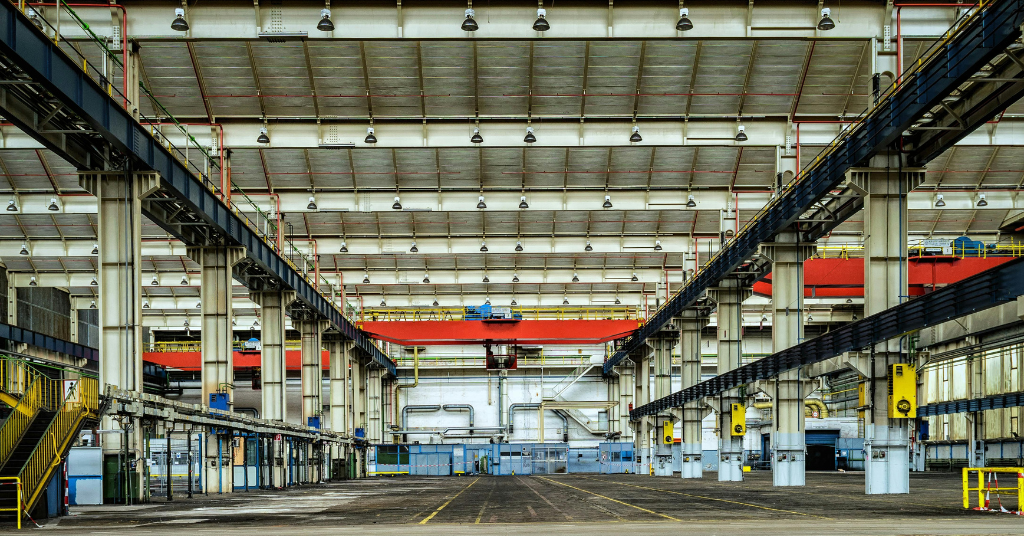From searing heatwaves to catastrophic flash floods, Europe is entering a dangerous new phase of climate volatility. The continent, once buffered by a relatively mild climate, is now grappling with an alarming rise in extreme weather events that are becoming more frequent, intense, and even deadly.
Scorched summers: the new normal
Summers in Europe are no longer simply warm, they’re brutally hot. According to the European Environment Agency (EEA), the frequency and intensity of extreme heat events in Europe have multiplied five- to ten-fold since 1980. Cities across the continent, from Paris to Budapest, are now enduring consecutive days of scorching temperatures exceeding 40°C (104°F), straining public health systems and infrastructure alike.
The IPCC’s Sixth Assessment Report underscores that Europe is a “hotspot for climate change”, experiencing warming at nearly twice the global average. Urban areas are particularly vulnerable due to the urban heat island effect, and the elderly are disproportionately at risk during prolonged heatwaves.
The UN Environment Programme (UNEP) warns in its Adaptation Gap Report 2024 that the global response to extreme heat is dangerously insufficient, with limited investments in heat-resilient infrastructure and early warning systems.

Floods without warning: when the sky opens up
Paradoxically, these infernal summers are often followed—or even interrupted—by violent, sudden downpours that trigger flash floods, overwhelming cities in minutes. These aren’t just more frequent, they’re also more intense and less predictable.
The Copernicus Climate Change Service shows that in 2023 alone, several European countries experienced once-in-a-century rainfall events, two or three times in a single season. In Slovenia, Austria, and parts of Northern Italy, this led to devastating damage, evacuations, and loss of life.
Scientific modeling from the Joint Research Centre (JRC) reveals that climate change is altering atmospheric moisture content, increasing the likelihood of convective storms–those fast-developing, hyper-localized systems that cause urban flash floods.
The deadly compound effect: heat + storms
Perhaps most disturbing is the compound nature of these disasters: extreme heat reduces soil absorption, while urbanization limits drainage. This sets the stage for deadly floods following heatwaves.
A 2025 peer-reviewed study found that these “compound extreme events”—heat followed by flood—are up to ten times more frequent today than in the 1960s in parts of Western and Central Europe. Infrastructure built for a different climate reality is proving dangerously inadequate.
We are not prepared
The EEA’s 2024 Report “Extreme Weather in a Changing Climate: Is Europe Prepared?” offers a sobering answer: not yet. Despite EU-wide adaptation strategies, the economic losses from weather-related events have exceeded €50 billion in the past five years, with uneven preparedness across member states.
Meanwhile, the UN Office for Disaster Risk Reduction (UNDRR) highlights that early warning systems, flood risk mapping, and heat action plans are still lacking in many high-risk regions across Europe.
Solutions exist, but time is running out
What can be done? Experts point to several overlapping strategies:
- Invest in nature-based solutions, like wetland restoration, to act as natural sponges during floods.
- Retrofit urban infrastructure to better handle heat and deluge: green roofs, permeable pavements, and stormwater basins.
- Expand early warning systems for both heat and floods, especially targeting vulnerable populations like the elderly.
- Decarbonize aggressively to prevent the worst-case warming scenarios – this is the cornerstone of the European Union’s Fit for 55 package.
The Fit for 55 (FF55) legislative package, adopted under the European Green Deal, aims to reduce net greenhouse gas emissions by at least 55% by 2030 compared to 1990 levels. It’s not just a mitigation framework: by accelerating the energy transition and reducing fossil fuel dependency, FF55 directly addresses the root causes behind the intensification of extreme weather events. Indirectly, it also supports adaptation, because without substantial emission cuts, adaptation efforts alone will never be enough.
The UN Secretary-General’s 2024 Call to Action on Extreme Heat calls for a “revolution in adaptation” that places climate resilience on equal footing with mitigation. Europe’s FF55 strategy is a step in this direction, if implemented boldly and equitably.
Conclusion: no place is immune
Whether in the Mediterranean or the heart of Central Europe, no region is untouched by this “new climate normal.” As the UNEP states bluntly:
“Come hell and high water, we must adapt.”
Without urgent adaptation and rapid emission cuts—as targeted in the EU’s Fit for 55 roadmap—the future promises not relief, but escalation.
Sources and references:
- https://www.eea.europa.eu/en/newsroom/news/extreme-weather-in-a-changing-climate-is-europe-prepared
- https://www.ipcc.ch/report/ar6/syr/
- https://www.unep.org/resources/adaptation-gap-report-2024
- https://climate.copernicus.eu/
- https://commission.europa.eu/publications/annual-activity-report-2023-joint-research-centre_en
- https://arxiv.org/abs/2504.18964
- https://www.unep.org/resources/report/un-secretary-generals-call-action-extreme-heat
- https://www.eea.europa.eu/en/topics/in-depth/extreme-weather-floods-droughts-and-heatwaves




